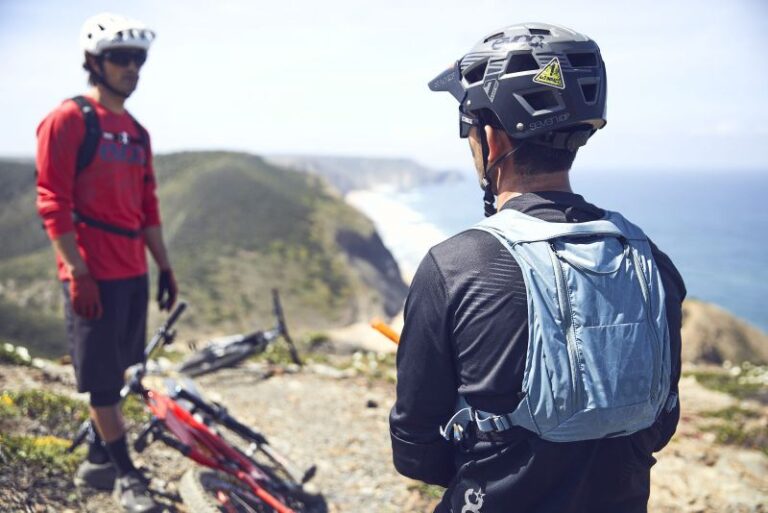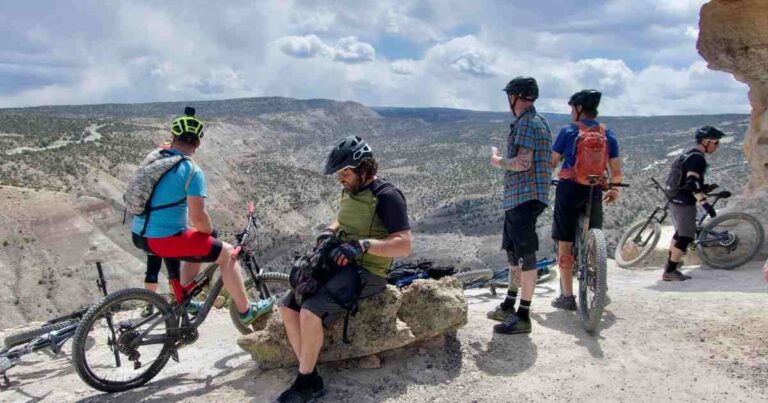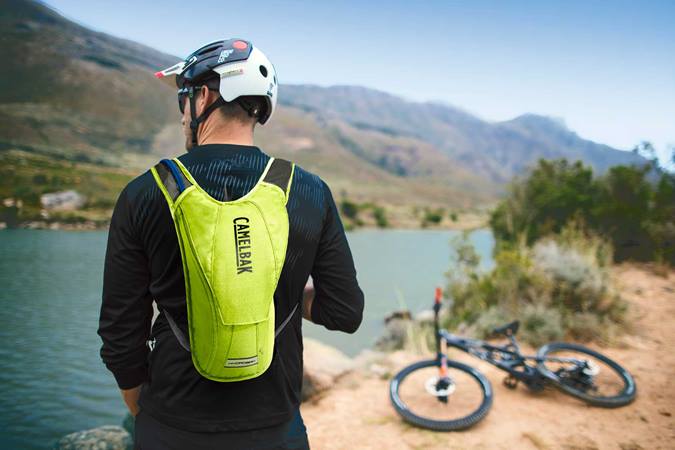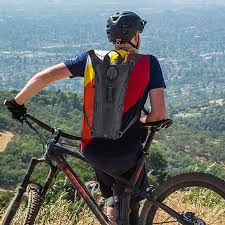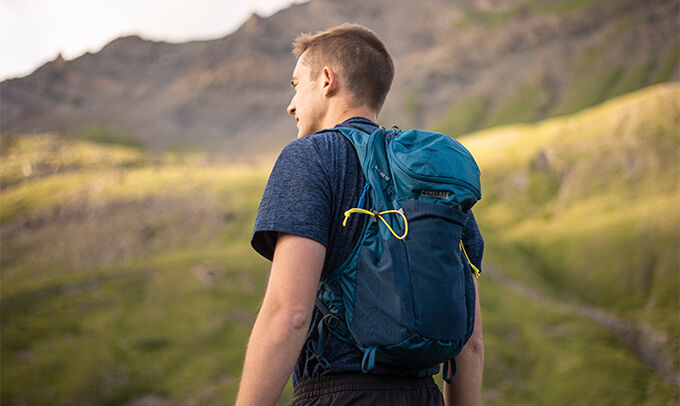Why You Want to Mountain Bike Gravel Bike with a Hydration Pack: A SoCal Rider’s Perspective

Introduction: Embracing the Dual Adventures
Southern California, fondly referred to as SoCal, offers more than just sun-kissed beaches and urban sprawls. Its diverse landscapes create a paradise for both mountain bikers and gravel bikers. Every ride, be it on rugged mountain trails or undulating gravel roads, unfolds a new chapter of adventure. But as varied as the experiences are, they come with a shared challenge: the arid SoCal climate. In this environment, a hydration pack becomes more than just a companion — it’s a lifeline. And that’s why you want to mountain bike gravel bike with a Hydration Pack
Hydration On-the-Go: Maintaining Momentum
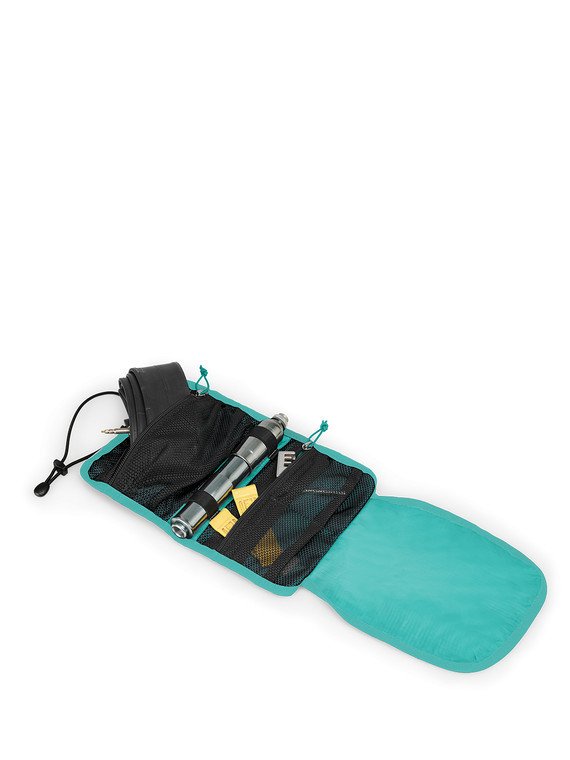
The very nature of mountain biking, with its adrenaline-pumping descents and heart-racing climbs, contrasts beautifully with the rhythmic and exhilarating speed of gravel biking. Each has its essence, its flow. Stopping, even momentarily, to drink can disrupt this flow, affecting your performance and experience. This is where the hydration pack, designed for sips without stops, comes to the rescue. With it, maintaining momentum while staying hydrated becomes seamless.
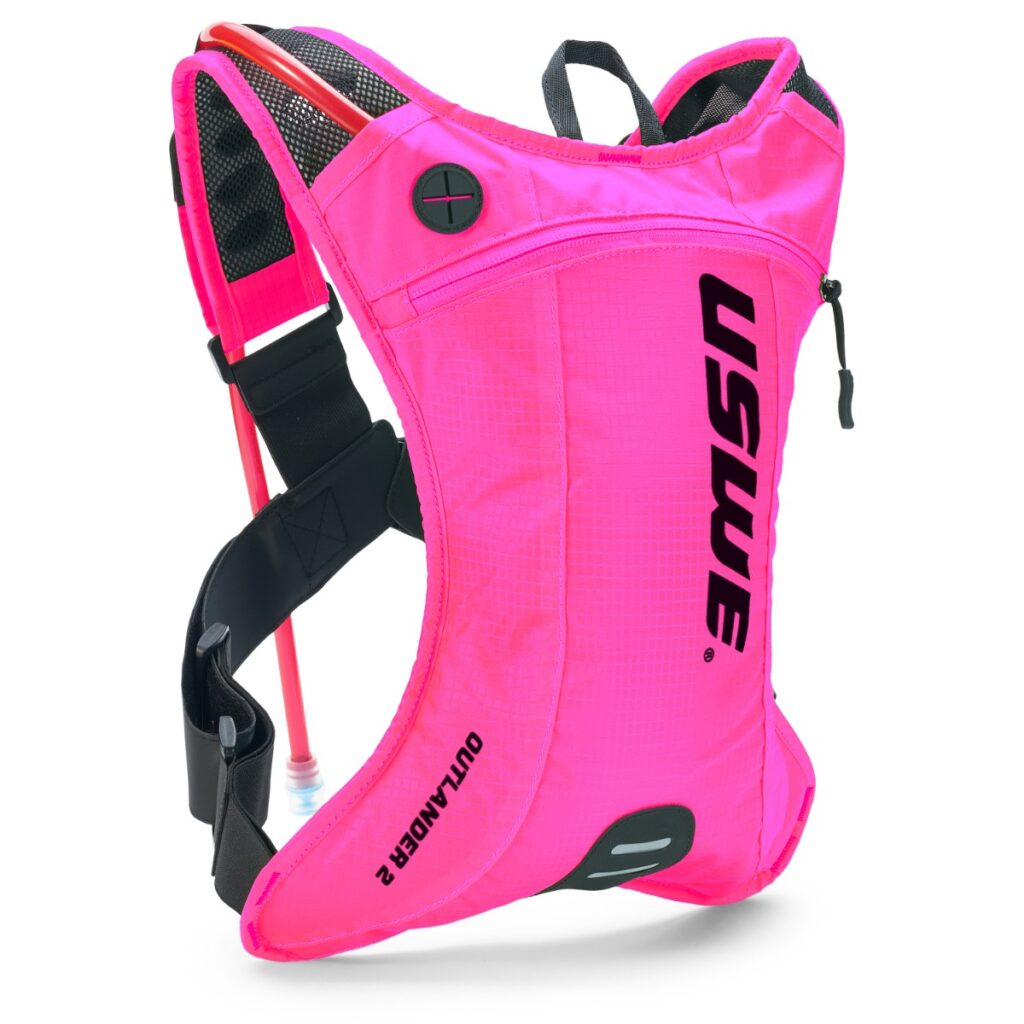
The Pursuit of Balance: A Smooth Sailing
Any seasoned biker understands the importance of balance. While mountain terrains with their unpredictable twists and turns demand it, gravel roads, with their loose surfaces, amplify this need. A water bottle hanging off the side, or a backpack shifting its weight, can disturb this delicate balance. Hydration packs, crafted to hug your back, ensure even weight distribution. This not only keeps the ride smooth but also boosts confidence, especially when navigating challenging sections.
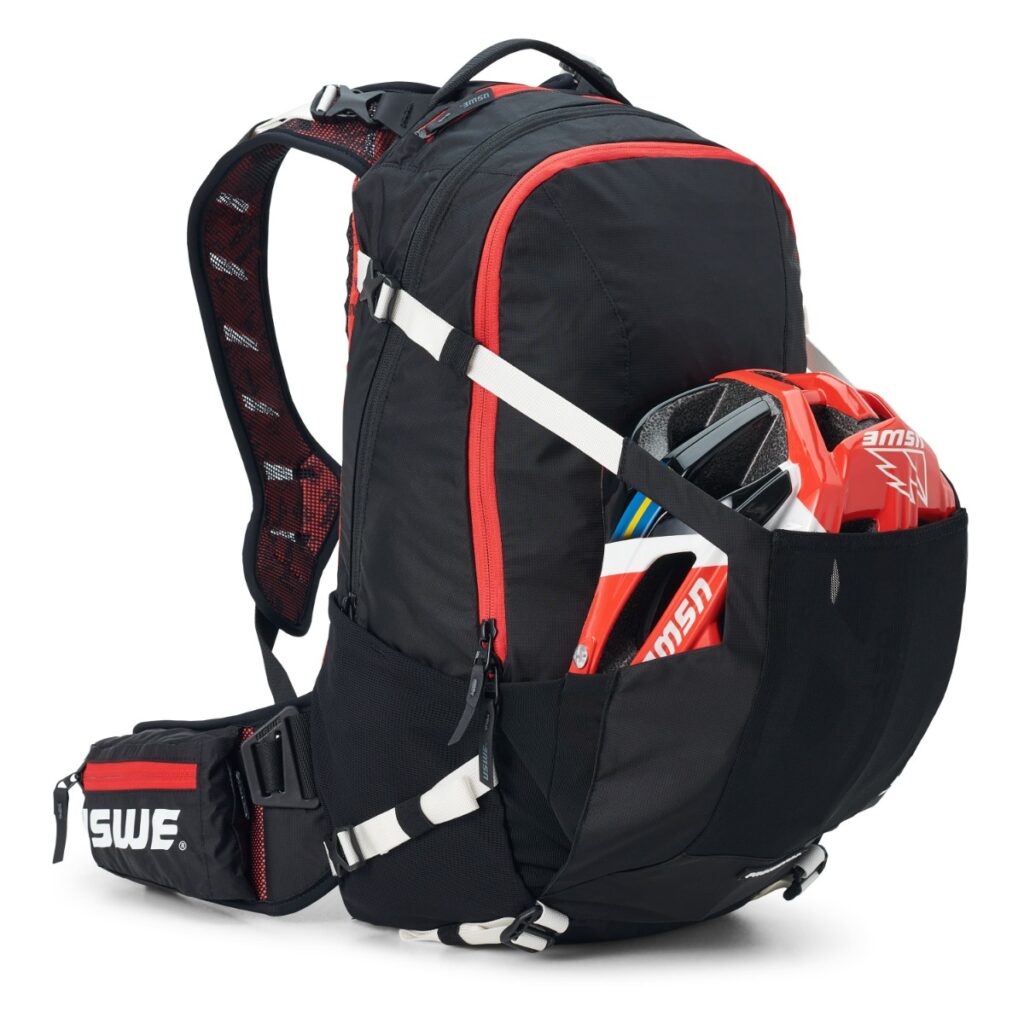
Endurance in the Arid: Hydration’s Role
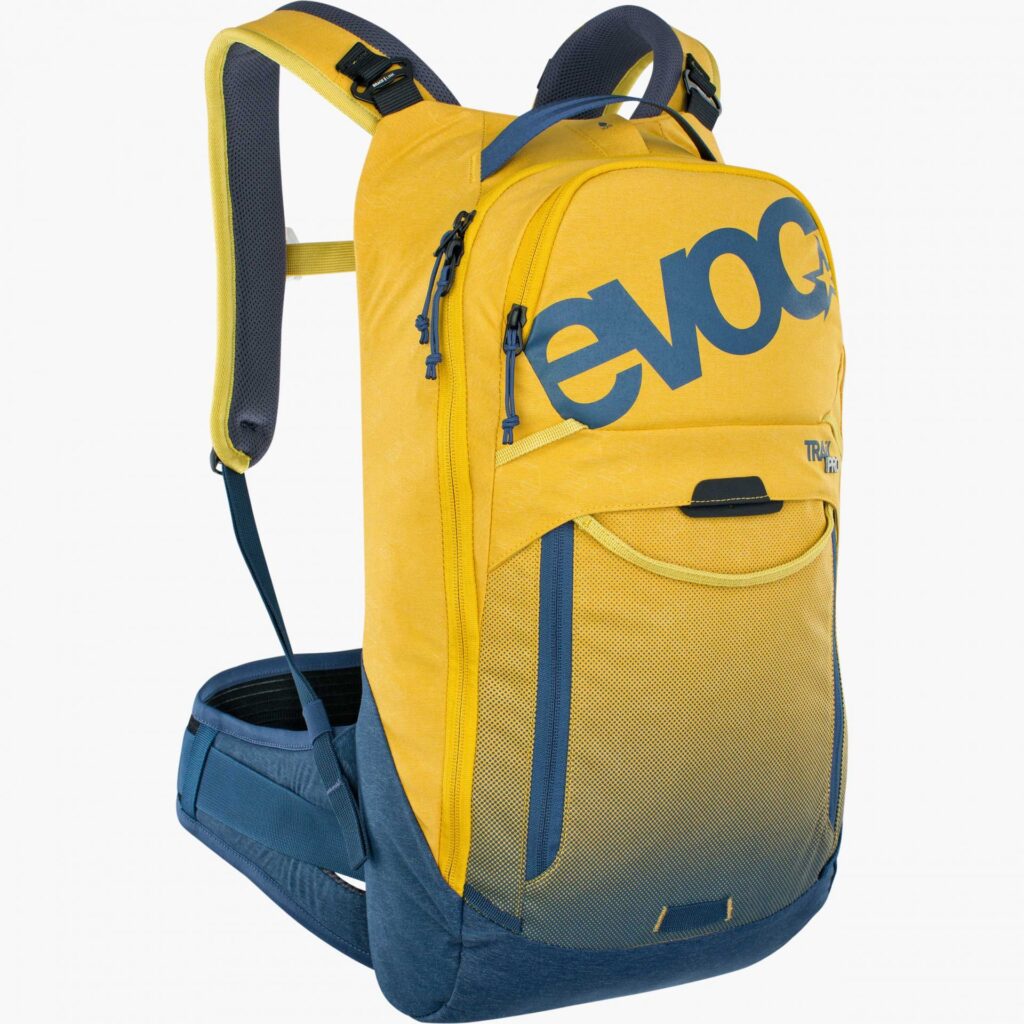
Mountain and gravel biking in SoCal is not just about navigating the terrains; it’s also a battle against the elements. The region’s arid climate can sap energy and amplify dehydration risks. A typical ride can last several hours, and running out of water in the middle of nowhere is a real concern. Here, the hydration pack stands out as a beacon. With its generous capacity, often holding upwards of 2-3 liters, riders can venture out with the confidence of sustained hydration.
Multifunctional Utility: Beyond the Sip
One of the most fascinating evolutions in biking gear is the modern hydration pack. While it was designed primarily for hydration, today’s variants offer so much more. On longer rides, I often find myself grateful for the additional storage spaces these packs provide. From storing energy bars to carrying essential tools and first-aid supplies, they cater to every need. In essence, a hydration pack serves as a mini support system, ensuring riders are prepared for the unexpected.
Refresh, Recharge, Resume: The Cooled Advantage
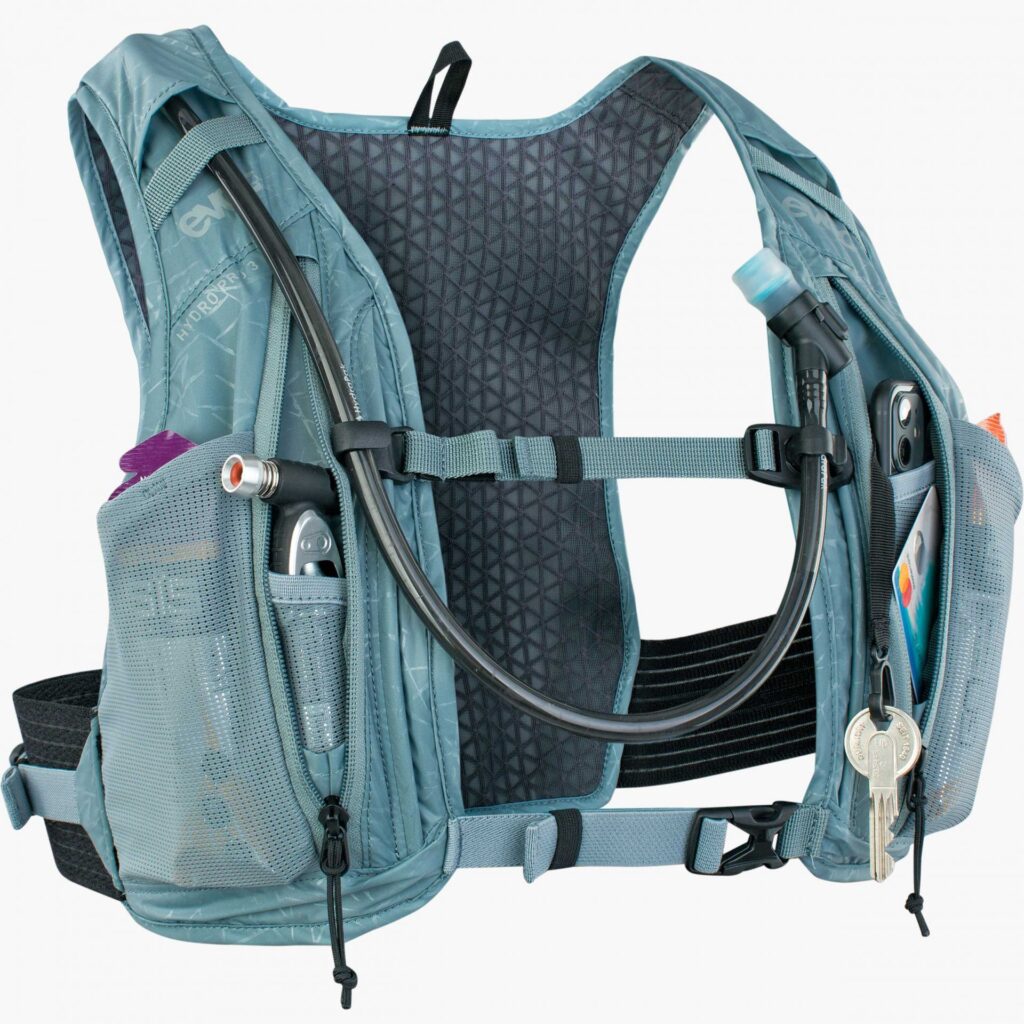
Anyone who’s ridden under the blazing SoCal sun knows the sheer bliss of a gulp of cold water. This pleasure is often made possible by the insulated design of many hydration packs. Regardless of the scorching temperatures outside, they ensure that the water inside remains cool and refreshing. This not only quenches thirst but also offers an invigorating boost, recharging riders for the journey ahead.
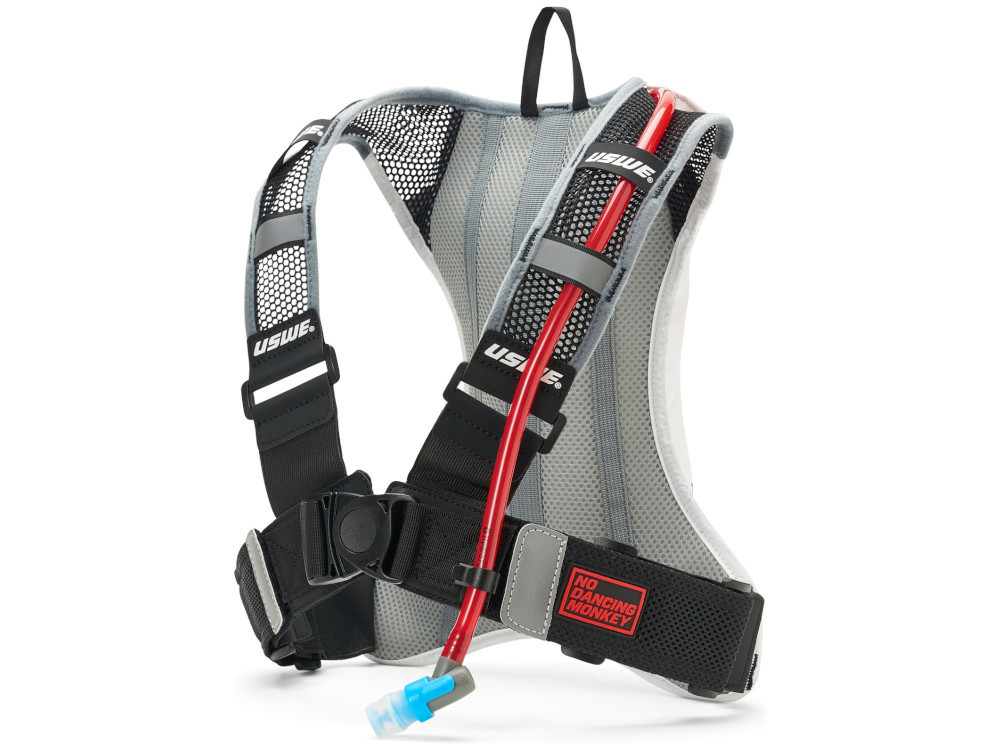
Safety in Design: The Unintended Shield
Terrain unpredictability is a given in both mountain and gravel biking. Despite precautions, tumbles and falls are part of the journey. While hydration packs aren’t replacements for protective gear, they often provide an unexpected layer of safety. The pack’s cushioning can absorb some impact during a fall, potentially reducing the risk of severe injuries.
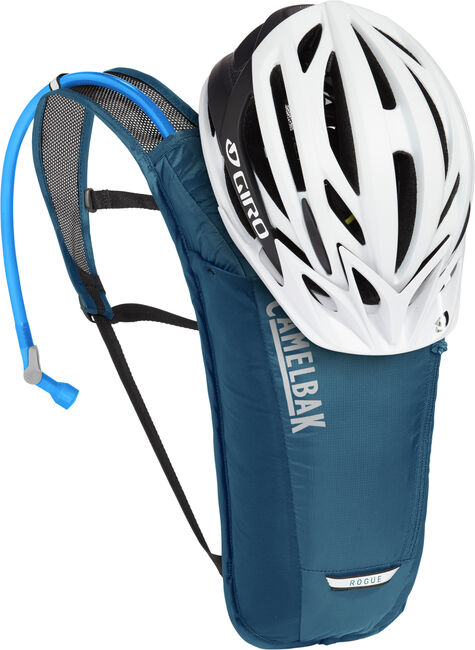
Riding Responsibly: The Eco-Friendly Choice
SoCal’s trails meander through some of the region’s most pristine environments. As riders, there’s an inherent responsibility to minimize our ecological footprint. In this context, hydration packs emerge as the sustainable choice. By negating the need for single-use plastic bottles, they ensure rides are environmentally responsible. Every time I strap on my hydration pack, there’s a sense of pride in making a choice that respects and preserves nature.
A Habit Worth Forming: The Hydration Routine
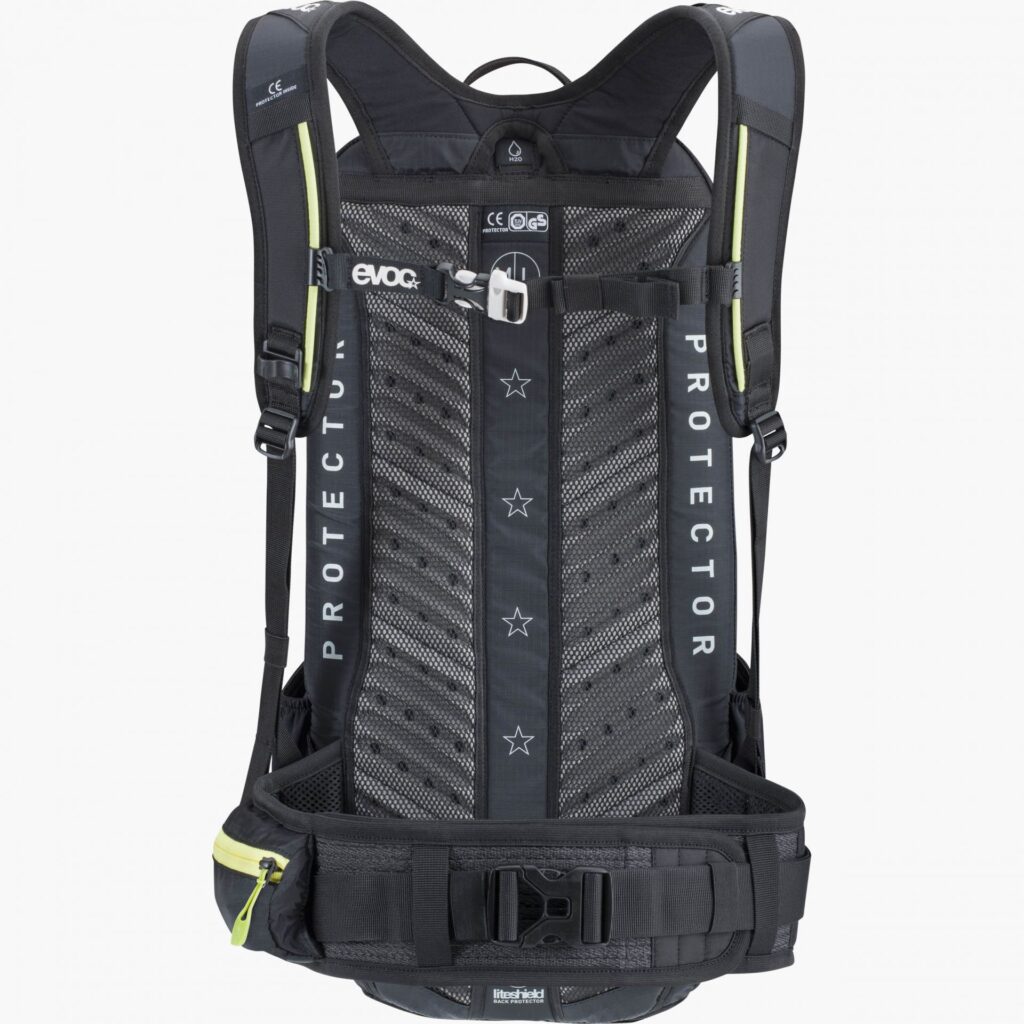
There’s an interesting behavioral aspect of using hydration packs. The ease of access encourages frequent sips, leading to more consistent hydration. Over time, this evolves into a habit, ensuring riders drink water at regular intervals. This routine becomes especially crucial during long rides, ensuring energy levels remain consistent and fatigue is kept at bay.
Conclusion: The Gear that Elevates the Experience
Mountain biking and gravel biking, while distinct disciplines, share a core principle — the pursuit of adventure. In the breathtaking yet challenging landscapes of Southern California, maximizing this adventure requires preparation and the right gear. A hydration pack, through its myriad benefits, emerges as an indispensable part of this gear. For every biking enthusiast, novice or seasoned, looking to conquer SoCal’s terrains, my advice is clear and consistent: Get a hydration pack. It doesn’t just enhance your ride; it transforms it. Safe and hydrated adventures await!
John
Useful Links
Best Hydration Packs for Mountain Biking/Gravel Biking
How to Choose the Right Hydration Pack for Cycling
HYDRATION PACKS IN GRAVEL RACES: JUST FOR NERDS?
Added a Hydration bag to my riding gear: Initial impressions
FAQ’s
Is a hydration pack or water bottle better for mountain biking?
Whether a hydration pack or a water bottle is better for mountain biking is subjective and depends on various factors including personal preferences, the nature of the trail, and the duration of the ride. Below is a comparative analysis to help you decide which might be the best option for you.
Hydration Pack: Advantages & Disadvantages
Advantages:
- Higher Capacity: Hydration packs can carry a larger amount of water, typically between 1 to 3 liters, which is ideal for longer rides or rides in hotter, drier conditions.
- Hands-Free Drinking: The drinking tube allows riders to hydrate without stopping or letting go of the handlebars.
- Weight Distribution: The weight of the water is evenly distributed on your back, which can help with balance, especially during technical descents.
- Additional Storage: Most hydration packs come with extra pockets or compartments, providing space for tools, food, a first aid kit, or even a light jacket.
- Protection: In the event of a fall, a hydration pack can provide a bit of cushioning for your back.
- Reduces Debris: Hydration packs are closed systems, which means water is less likely to get contaminated by trail debris compared to an open water bottle.
Disadvantages:
- Weight: Hydration packs, especially when full, add a significant amount of weight to your back, which some riders might find cumbersome.
- Heat: The pack can make your back sweaty, especially in hot conditions.
- Maintenance: They require proper cleaning to prevent mold and bacteria buildup in the reservoir and tube.
Water Bottle: Advantages & Disadvantages
Advantages:
- Lightweight: If you’re looking to minimize weight, a water bottle in a cage on your bike frame is typically lighter than a hydration pack.
- Accessibility: Easy to refill at water stations during races or group rides.
- Cooling: On a hot day, pouring water over yourself for instant cooling is easier with a bottle.
- Less Maintenance: Simply wash the bottle after your ride.
Disadvantages:
- Limited Capacity: Water bottles typically hold between 500ml to 750ml, which might not be enough for longer rides.
- Potential to Eject: Rough trails can cause water bottles to eject from their cages if they’re not securely placed.
- Contamination: The nozzle of the bottle can get muddy or dirty, especially in wet conditions.
Conclusion: The choice between a hydration pack and a water bottle comes down to personal preference and the nature of the ride. If you’re going for shorter rides or prefer not to have weight on your back, a water bottle might be the way to go. For longer rides, especially in remote areas where you might need to carry more water, tools, and food, a hydration pack could be more suitable. Some riders even opt to use both, especially for ultra-long rides or races.
What are the benefits of a hydration pack?
A hydration pack, which is essentially a backpack with a water reservoir (or bladder) that feeds a drink tube, offers several benefits, especially for outdoor enthusiasts and athletes. Here are some of the key advantages:
- Convenient Hydration: The main benefit is the ease of staying hydrated. The tube is often positioned close to your mouth, allowing for hands-free drinking without having to stop or slow down.
- Larger Capacity: Hydration packs typically carry between 1 to 3 liters (or even more) of water, which means more water on hand for longer activities without needing to refill.
- Weight Distribution: The design of hydration packs ensures the weight of the water is evenly distributed across your back, which can make carrying it more comfortable and less cumbersome compared to holding a water bottle.
- Multi-functionality: Many hydration packs come with additional pockets or compartments. This makes it easy to carry other essentials such as snacks, tools, first-aid kits, maps, or a jacket.
- Reduced Waste: By refilling a hydration bladder instead of buying single-use water bottles, you can reduce plastic waste, which is better for the environment.
- Protection: In some outdoor activities, like mountain biking or skiing, a hydration pack can offer a bit of cushioning in the event of a fall.
- Stays Cooler Longer: Many hydration packs are insulated, ensuring that the water remains cooler for a longer period, which is refreshing during hot activities.
- Stable during Activities: Due to their snug fit, hydration packs tend to stay in place during vigorous activities, such as running, cycling, or hiking, reducing sloshing and bouncing.
- Hygienic: Since hydration packs are a closed system, there’s less risk of contamination from external elements, especially when you’re out on dusty trails or muddy paths.
- Consistent Hydration: Having easy access to water encourages more frequent sips, which can lead to better hydration habits, ensuring you stay hydrated over the course of your activity.
- Economical in the Long Run: Despite the initial investment, in the long run, owning a hydration pack can be more economical than continuously purchasing bottled water.
- Suitable for Various Activities: Hydration packs are versatile and can be used for a range of activities, from hiking, biking, and running to music festivals or sightseeing.
While hydration packs offer numerous benefits, they might not be suitable for everyone or every activity. Personal preferences, the nature of the activity, and the duration will determine whether a hydration pack is the right choice.
Why do mountain bikers wear backpacks?
Mountain bikers wear backpacks, often specifically designed for the sport, for a variety of reasons that enhance their riding experience, safety, and preparedness. Here are the main reasons why backpacks are a common sight on mountain biking trails:
- Hydration: Many mountain biking backpacks are equipped with hydration bladders, making it easier for riders to drink without having to stop and pull out a water bottle. This hands-free hydration system is particularly useful on rough trails.
- Carrying Gear and Tools: Mountain biking can be tough on bikes, and it’s not uncommon for parts to loosen or break. Riders carry essential tools and spares like tubes, pumps, tire levers, and multi-tools to handle such situations.
- Food and Nutrition: For longer rides, bikers need snacks or energy gels to refuel and keep their energy levels up. Backpacks offer a convenient storage solution.
- Clothing Layers: Mountain weather can be unpredictable. Riders may start their ride with a jacket or arm warmers, and as the day warms up, they need a place to store these items.
- Safety Equipment: Some riders carry first aid kits for emergencies. Additionally, for rides that might extend into the evening, lights and reflective materials can be stashed in a backpack.
- Protection in Falls: Though not their primary function, a backpack can offer a degree of protection in case of a fall, acting as a cushion for the rider’s back.
- Navigation: For trails that aren’t well-marked, riders might carry maps, GPS devices, or a compass. A backpack provides an easy place to store these.
- Personal Items: Keys, wallets, phones, and other personal items need a secure spot, and a backpack offers a solution, often with waterproof or resistant compartments.
- Environmental Responsibility: Responsible riders might carry out trash or litter they find on the trails to keep the environment clean. A backpack provides a space to store this waste until it can be properly disposed of.
- Specialized Features: Many mountain biking-specific backpacks have features like helmet holders, padded compartments for eyewear, or even protective spine guards integrated into their design.
- Multi-Day Rides: For bikers tackling multi-day trails or bikepacking adventures, a backpack becomes essential to carry camping gear, food, and other supplies.
While backpacks offer numerous advantages, it’s essential to choose one that fits well and distributes weight evenly. A poorly fitting backpack can lead to discomfort or even throw off a rider’s balance. As mountain biking evolves and riders seek to minimize weight and improve efficiency, some are opting for smaller packs or specialized bike-mounted bags to carry essentials. Still, for many, a backpack remains an indispensable tool for a successful and enjoyable ride.
Do I really need a hydration pack?
Whether you “really” need a hydration pack depends on various factors, including the type of activity you’re participating in, its duration, the environment, and your personal preferences. Here’s a breakdown to help you decide:
Reasons You Might Want a Hydration Pack:
- Long Activities: If you’re involved in extended activities, like long hikes, mountain biking, trail running, or any endurance sport, a hydration pack can ensure you remain hydrated throughout the duration without frequent stops.
- Convenience: The ease of sipping from a tube without having to stop or use your hands can be quite appealing. This is especially true for activities where stopping might disrupt your flow or momentum, like cycling or running.
- Volume: Hydration packs typically have a larger water capacity compared to standard water bottles. They can store anywhere from 1 to 3 liters (or more), which can be crucial in environments where refill points are scarce.
- Balanced Weight Distribution: A well-fitted hydration pack distributes the weight of water evenly on your back, which can be more comfortable than carrying a bottle in your hand or on a bike frame.
- Additional Storage: Beyond just water, many hydration packs offer pockets or compartments for essentials like food, tools, jackets, keys, and more.
- Harsh Environments: If you’re trekking or cycling in areas with extreme conditions, such as high temperatures or remote locations, constant hydration becomes crucial. A hydration pack ensures you have a good water supply.
Reasons You Might Not Need a Hydration Pack:
- Short Activities: For shorter workouts or activities close to amenities, a standard water bottle might suffice.
- Cost: High-quality hydration packs can be an investment. If you don’t think you’ll use it frequently, it might not justify the cost.
- Maintenance: Hydration bladders and tubes require regular cleaning to prevent mold and bacterial growth.
- Weight and Bulk: Even though hydration packs distribute weight, they still add weight to your back. Some people might prefer the feeling of being unencumbered.
- Cooling: Pouring water over yourself on a hot day for instant cooling is easier with a bottle than with a hydration pack.
In Conclusion: A hydration pack isn’t a necessity for everyone, but it can be a game-changer for many. Assess the type of activities you frequently engage in, consider your personal preferences, and weigh the pros and cons to determine if a hydration pack is right for you. If you’re on the fence, it might be worth borrowing one or renting it (if possible) before making a purchase decision.
Should Mountain Bike Racers Wear Hydration Packs?
Whether mountain bike racers should wear hydration packs depends on several factors, including the race’s length and conditions, the racer’s hydration strategy, and personal preferences. Let’s dive into the pros and cons to offer a comprehensive perspective.
Advantages of Wearing a Hydration Pack in a Race:
- Consistent Hydration: With a hydration pack, racers can sip water regularly, maintaining hydration levels without stopping or slowing down significantly.
- Higher Capacity: Hydration packs can carry more water (1-3 liters or more) compared to bike-mounted bottles. This is particularly helpful in longer races or races without many aid stations.
- Storage for Essentials: Many hydration packs have additional pockets for storing energy gels, tools, or spare tubes. This can be crucial in longer, technical races where mechanical issues might arise.
- Stability: A well-fitted hydration pack will remain stable on rough terrains, whereas water bottles might get ejected from their cages on particularly bumpy sections.
- Hands-Free Drinking: In technical sections where racers need both hands on the handlebars, a hydration pack allows for sipping without fumbling with a bottle.
Disadvantages of Wearing a Hydration Pack in a Race:
- Weight: A full hydration pack can add significant weight, which might be a disadvantage, especially in uphill sections of a race.
- Heat: Hydration packs can make the racer’s back hot and sweaty, which might be uncomfortable and could affect performance, especially in warm conditions.
- Aerodynamics: For high-speed races, especially those with a lot of downhill or flat sections, a hydration pack can reduce aerodynamics compared to a sleek, race-fit jersey.
- Mobility: Some racers feel that a pack restricts their movement, especially when they need to shift their weight around on the bike during technical descents.
- Maintenance: Hydration bladders need thorough cleaning, which might be cumbersome during multi-day racing events.
Making the Decision:
- Race Length and Conditions: For shorter, high-intensity races, a bottle might suffice. However, for endurance events, especially in hot or remote locations, a hydration pack’s benefits might outweigh the drawbacks.
- Aid Stations and Support: If the race has frequent aid stations where water and nutrition are available, some racers might opt to go lighter and skip the hydration pack.
- Personal Preference: Some racers feel more comfortable and perform better with a hydration pack, while others prefer the freedom and lightness without one.
- Reconnaissance: If possible, doing a reconnaissance of the race route can help racers decide. For instance, if there are many technical sections where hands-free drinking would be beneficial, a hydration pack might be the way to go.
In conclusion, while hydration packs offer several benefits, whether or not a mountain bike racer should wear one largely depends on individual preferences and the specific demands of the race. It’s always a good idea for racers to train in conditions similar to the race to determine what hydration strategy works best for them.
What are the benefits of a hydration pack?
Hydration packs, often seen gracing the backs of avid outdoor enthusiasts and athletes, bring a host of benefits to those on the go:
- Convenient Hydration: With a sip tube within easy reach, you can drink without having to stop, making it super convenient, especially if you’re biking, hiking, or running.
- Carrying Capacity: Beyond just water, many hydration packs come with additional pockets or compartments. This means you can carry essentials like snacks, tools, first-aid kits, and even lightweight jackets.
- Even Weight Distribution: Designed to sit snugly on your back, hydration packs distribute the weight of the water (and other contents) evenly, minimizing strain and fatigue.
- Hands-Free Operation: Unlike water bottles, hydration packs allow you to hydrate hands-free. This is a significant advantage in activities where you need both hands, like cycling or rock climbing.
- Stay Hydrated Longer: Hydration packs typically have a larger capacity than most water bottles, so you can carry more water for longer trips.
- Temperature Control: Some hydration packs are insulated, keeping your beverages cool in the heat and preventing them from freezing in cold conditions.
- Ergonomic Designs: Many are designed with the contours of the back in mind, ensuring comfort even during extended use.
- Encourages Regular Drinking: The ease of access often encourages more frequent sips, which can help ensure you remain optimally hydrated.
- Versatility: They’re not just for water! You can fill them with sports drinks or any other hydrating beverage of your choice (though you’d want to clean them thoroughly afterward).
- Safety Features: Some hydration packs come with reflective features or are designed in bright colors, which can enhance visibility in low-light conditions.
In essence, hydration packs combine comfort, convenience, and functionality, making it easier to stay hydrated and carry essentials during physical activities. Just remember to give them a good clean every so often – because nobody likes a funky-tasting sip!
